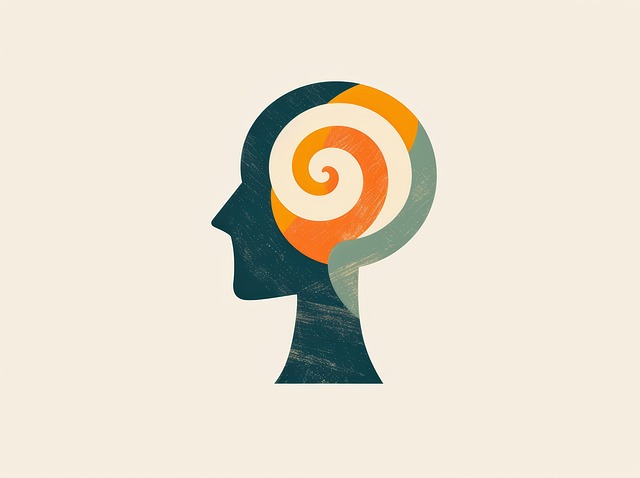Lone Tree Child Abuse Therapy's community outreach programs offer crucial support to families dealing with emotional challenges stemming from child abuse and neglect. Through mindfulness meditation, compassion cultivation, and other practices in schools, centers, and organizations, these initiatives aim to heal trauma, prevent caregiver burnout, and empower children to recover and thrive. Success depends on strategic planning, tailored messaging, accessible channels like workshops and online platforms, continuous feedback, and adaptations based on community response. Measuring program impact through longitudinal studies and community feedback ensures relevance and contributes to broader societal goals of resilience building and depression prevention.
Lone Tree Child Abuse Therapy recognizes the profound impact of community outreach in fostering healing and preventing abuse. This article delves into the essential role these programs play, offering a comprehensive guide for mental health professionals. We explore effective strategies for reaching vulnerable populations, from identifying needs to measuring success. By implementing data-driven approaches, therapists can sustain long-term positive effects, transforming lives and building resilient communities. Discover how tailored outreach enhances therapy’s reach and effectiveness in Lone Tree and beyond.
- Understanding the Need for Community Outreach Programs in Lone Tree Child Abuse Therapy
- Implementing Effective Outreach Strategies: A Step-by-Step Guide
- Measuring Success and Sustaining Impact: Long-Term Effects of Community Outreach Programs
Understanding the Need for Community Outreach Programs in Lone Tree Child Abuse Therapy

In the context of Lone Tree Child Abuse Therapy, community outreach programs are more than just a service; they are a lifeline for families and children facing emotional challenges. The need for such initiatives is starkly evident in addressing the complex issues that arise from child abuse and neglect. These programs play a pivotal role in fostering healing and resilience within affected communities. By reaching out to schools, community centers, and local organizations, Lone Tree Child Abuse Therapy can offer much-needed support and education, ensuring that children and their families receive the resources they deserve.
Community outreach goes beyond immediate therapy; it involves implementing practices like mindfulness meditation and compassion cultivation to build emotional resilience. Furthermore, these programs aim to prevent burnout among caregivers and support systems by providing them with tools and knowledge. Incorporating techniques such as these not only empowers individuals but also strengthens the social fabric, creating a more nurturing environment for children to thrive and recover from traumatic experiences, thereby reducing the long-term effects of child abuse.
Implementing Effective Outreach Strategies: A Step-by-Step Guide

Implementing effective community outreach programs is a multifaceted process that requires careful planning and strategic execution. For organizations like Lone Tree Child Abuse Therapy, success hinges on fostering meaningful connections with targeted communities.
A step-by-step guide to successful outreach includes identifying the specific needs of your target audience—be it vulnerable children and families or healthcare providers facing burnout. Tailor your messaging accordingly, ensuring accessibility through diverse channels such as workshops, online platforms, and community events. Incorporate interactive elements like Self-Awareness Exercises and Positive Thinking activities to engage participants actively. Regularly assess feedback and adapt strategies based on community response, ensuring the program remains relevant and impactful throughout its duration.
Measuring Success and Sustaining Impact: Long-Term Effects of Community Outreach Programs

Measuring the success of community outreach programs, such as those offered by Lone Tree Child Abuse Therapy, is an essential step to understanding their long-term impact and sustainability. The effects of these initiatives often extend beyond immediate outcomes, creating a ripple effect within communities. By implementing various strategies, organizations can gauge the reach and benefits of their programs effectively. One approach involves tracking participant engagement over time; for instance, following up with individuals who have completed therapy or mindfulness meditation workshops to assess their continued well-being and the application of learned skills in daily life. This longitudinal study provides valuable insights into the program’s sustainability and its ability to foster long-lasting positive change.
Community outreach programs also contribute to broader societal goals, such as depression prevention and resilience building. The success of these initiatives can be measured by their contribution to a healthier, more resilient community fabric. Through regular evaluations and community feedback, organizations like Lone Tree Child Abuse Therapy can adapt their programs, ensuring they remain relevant and impactful over the years. This ongoing commitment to improvement guarantees that the efforts made today will have a lasting effect, creating a supportive environment where individuals can thrive and reach their full potential.
Community outreach programs, as demonstrated by Lone Tree Child Abuse Therapy’s initiatives, are invaluable tools for fostering positive change. By implementing effective strategies and measuring long-term impacts, these programs can create lasting connections within the community. This holistic approach not only enhances access to essential services but also promotes a culture of support and resilience. Through sustained efforts, Lone Tree Child Abuse Therapy continues to make significant strides in improving the well-being of its clients and the broader community.













